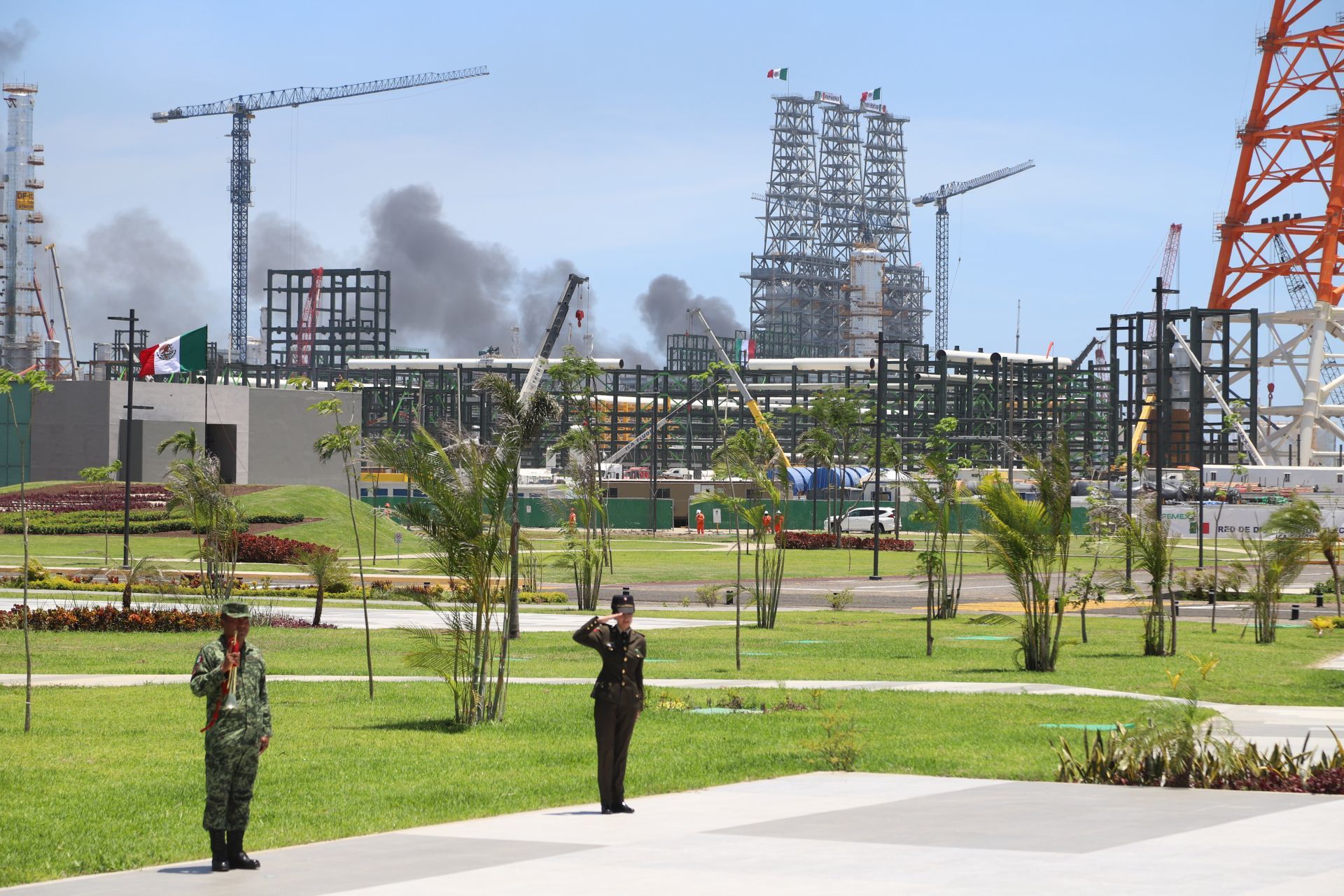
By: Diego Díaz is researcher and Oscar Ocampo is energy coordinator
After refusing to attend the IX Summit of the Americas in Los Angeles in June, Mexican president Andrés Manuel López Obrador will visit Washington D.C. for the third time since he took office on July 12th to discuss the bilateral agenda with his U.S. counterpart, Joe Biden. Migration is expected to be the main issue to discuss in the Oval Office. In addition, the climate crisis and energy transition in North America must be at the top of the agenda.
The United States-Mexico-Canada Agreement (USMCA) offers a suitable institutional architecture to foster greater regional cooperation to harness the region’s geographical and climate diversity, as well as resource abundance (specifically natural gas, less polluting, more efficient and cheaper than other fossil fuels), to guarantee access to competitive energy. The priority for both the U.S. and Mexican governments should be to develop the necessary infrastructure that enables both parties to exploit this potential.
During the Major Economies Forum on Energy and Climate, president López Obrador presented a ten-point public policy agenda to address climate change reaffirming his administration’s gamble on a nationalistic energy policy centered on State players –oil firm Pemex and electric utility CFE– disregarding the energy transition –the transit towards a more decarbonized economy with a greater share of low emission technologies– and missing the opportunity to take advantage of North American integration to attract investment in renewable energies in Mexico.
Despite the relevance of addressing this issue, the Mexican Government’s actions stated in the decalogue are not only insufficient to move towards a decarbonized economy and mitigate climate change, but some of them also go in the exact opposite direction.
Two of the proposed measures are particularly concerning given that they focus on promoting the production of gasoline and diesel by Pemex to meet domestic demand and reduce Mexico’s dependence on imports (mainly from the U.S.): the unfinished “Olmeca” refinery in Dos Bocas, Tabasco, and the construction of two coker units to process fuel oil in the Tula and Salina Cruz refineries.
Additionally, while the agenda establishes that 35 percent of the electricity generated in Mexico should be renewable by 2024, this goal –which was already established in both the Paris Agreement and in Mexican legislation– won’t be reached on time due to the policies implemented in the current administration that block private participation in the power electric sector. The Ministry of Energy has acknowledged that this goal will not be achieved until 2031, seven years after the due date.
Although the Mexican Government also committed to modernize the existing hydroelectric power plants and to build a photovoltaic solar park in Puerto Peñasco, Sonora, these projects will only marginally increase the renewable installed capacity in the country. They are far from enough to meet the needs of the Mexican economy.
The clash with the Biden administration’s priorities is evident and public. The López Obrador administration faces the challenge of aligning its political and public policy agenda with its international commitments, including the Paris Agreement, but also the USMCA.
Mexico must commit to an accelerated deployment of technologies with a low carbon footprint and take advantage of its geographical location in North America to catalyze energy transition based on greater integration of regional energy markets to trigger sustainable development. Failure to do so would not only limit Mexico’s growth and development possibilities, but also diminish North American competitiveness as a region.
Published in Mexico Today.
12-07-2022
